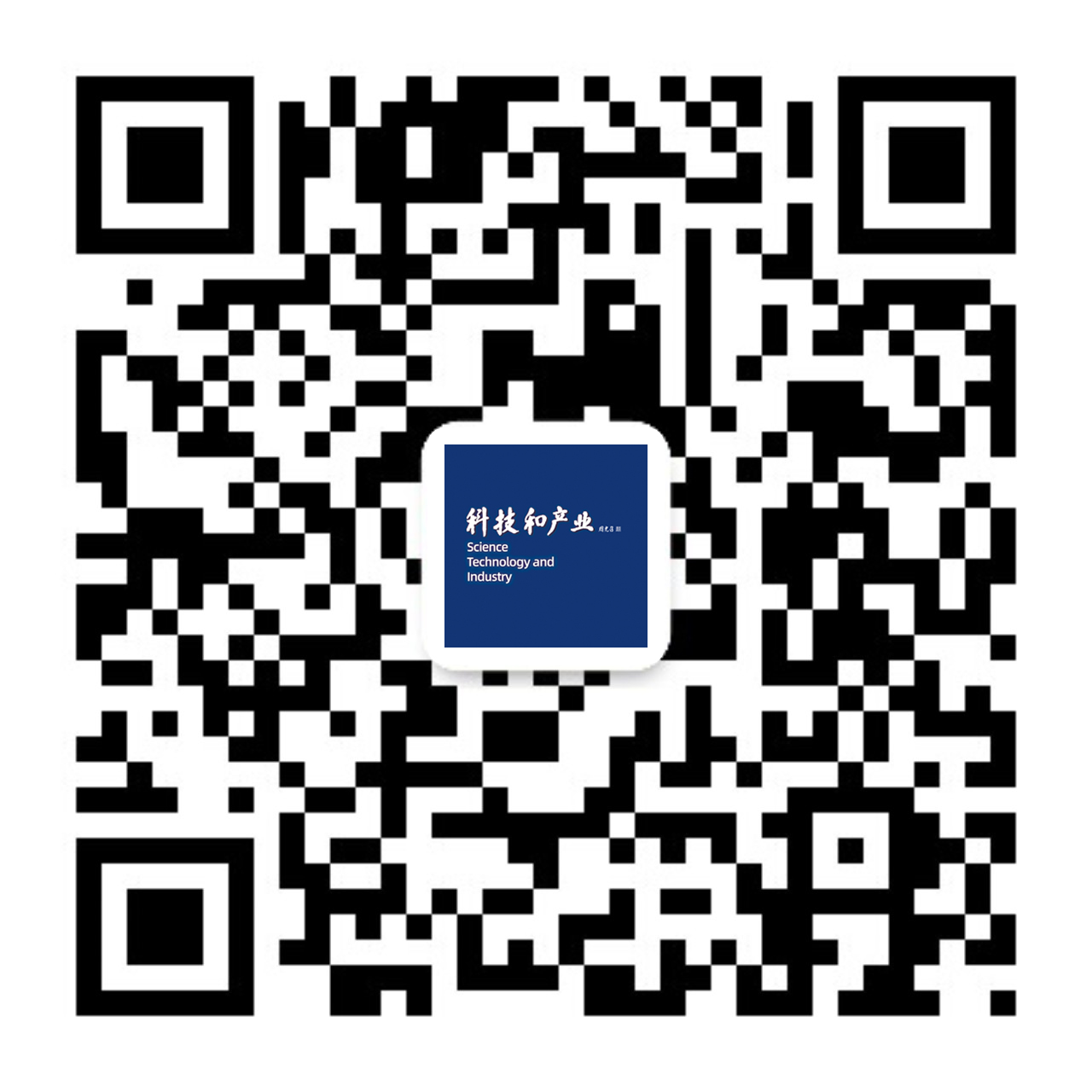全球跨境数据流动网络的动态演变与政策响应:多国比较与战略启示
作者:
作者单位:
1.中国信息通信研究院政策与经济研究所;2.中国社会科学研究院数量经济与技术经济研究所
作者简介:
通讯作者:
中图分类号:
F49
基金项目:
中国工程院战略研究与咨询项目“数字贸易发展战略研究”( 2023-HYZD-05)
Dynamic Evolution of the Global Cross-Border Data Flow Network and Policy Responses: Multi-Country Comparison and Strategic Implications
Author:
Affiliation:
1.Institute of Policy Economics,China Academy of Information Communications Technology;2.Institute of Quantitative Economics Technological Economics,China Academy of Social Sciences
Fund Project:
引用本文
朱雪婷,王宏伟.全球跨境数据流动网络的动态演变与政策响应:多国比较与战略启示[J].技术经济,,():.
复制分享
相关视频
文章指标
- 点击次数:
- 下载次数:
- HTML阅读次数:
历史
- 收稿日期:2025-02-26
- 最后修改日期:2025-09-12
- 录用日期:2025-10-27
- 在线发布日期:
- 出版日期:
文章二维码

您是第 位访问者
电话:010-65055536, 18515632865 Email:jishujingji@cste.org.cn
地址:北京市海淀区学院南路86号(100081) 邮政编码:80-584
ICP:京ICP备05035734号-5
技术经济 ® 2025 版权所有
技术支持:北京勤云科技发展有限公司
电话:010-65055536, 18515632865 Email:jishujingji@cste.org.cn
地址:北京市海淀区学院南路86号(100081) 邮政编码:80-584
ICP:京ICP备05035734号-5
技术经济 ® 2025 版权所有
技术支持:北京勤云科技发展有限公司



